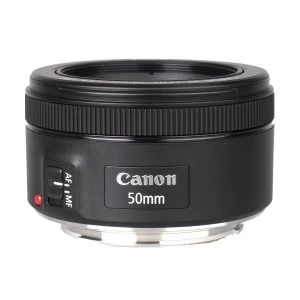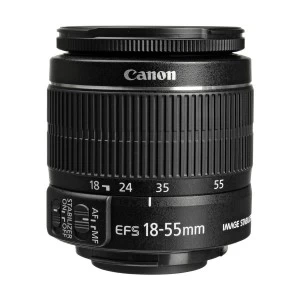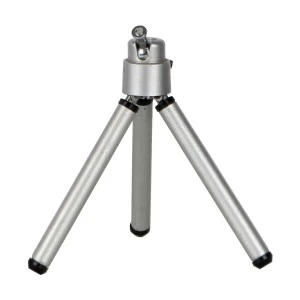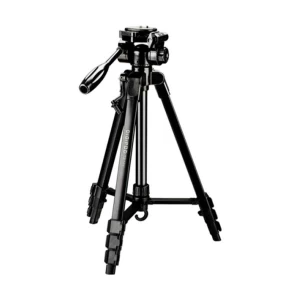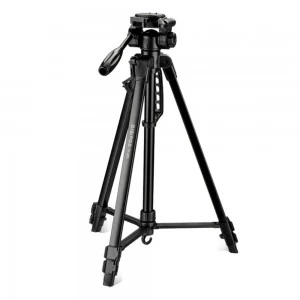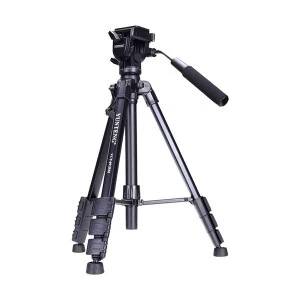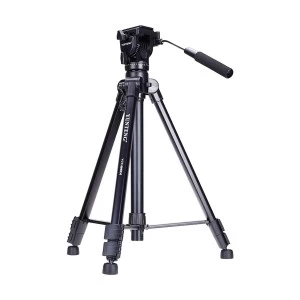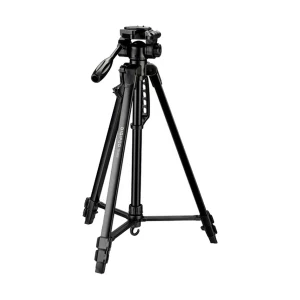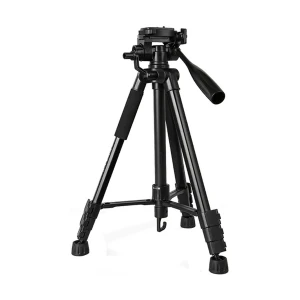
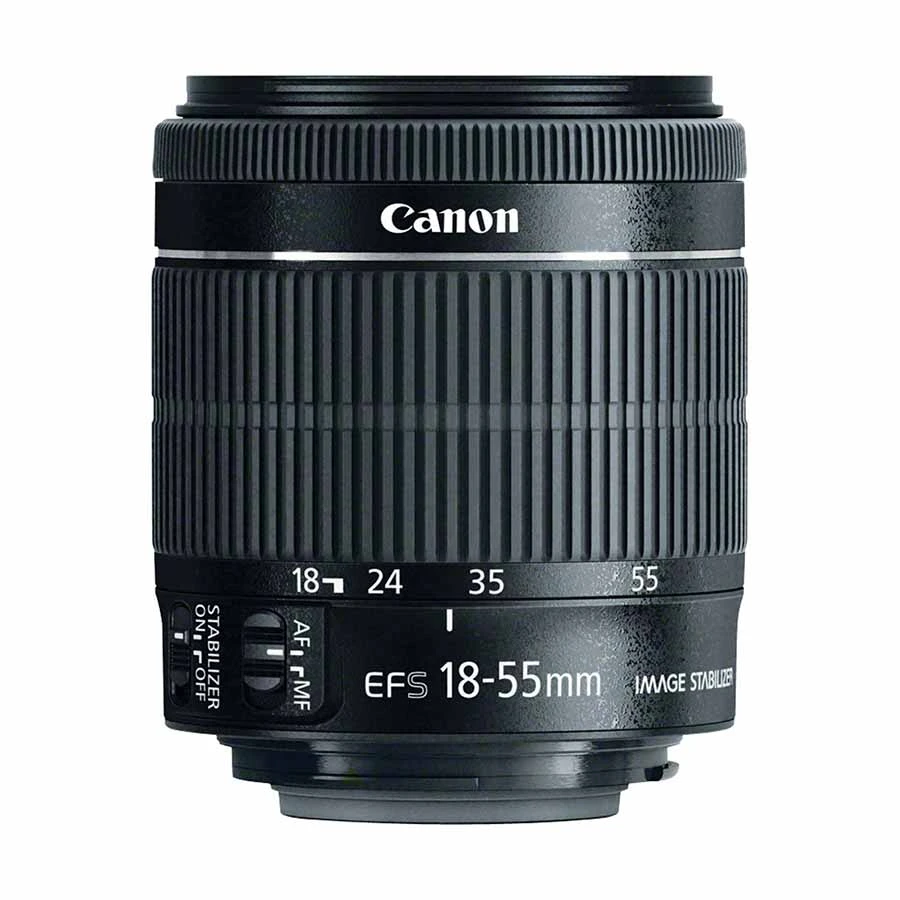
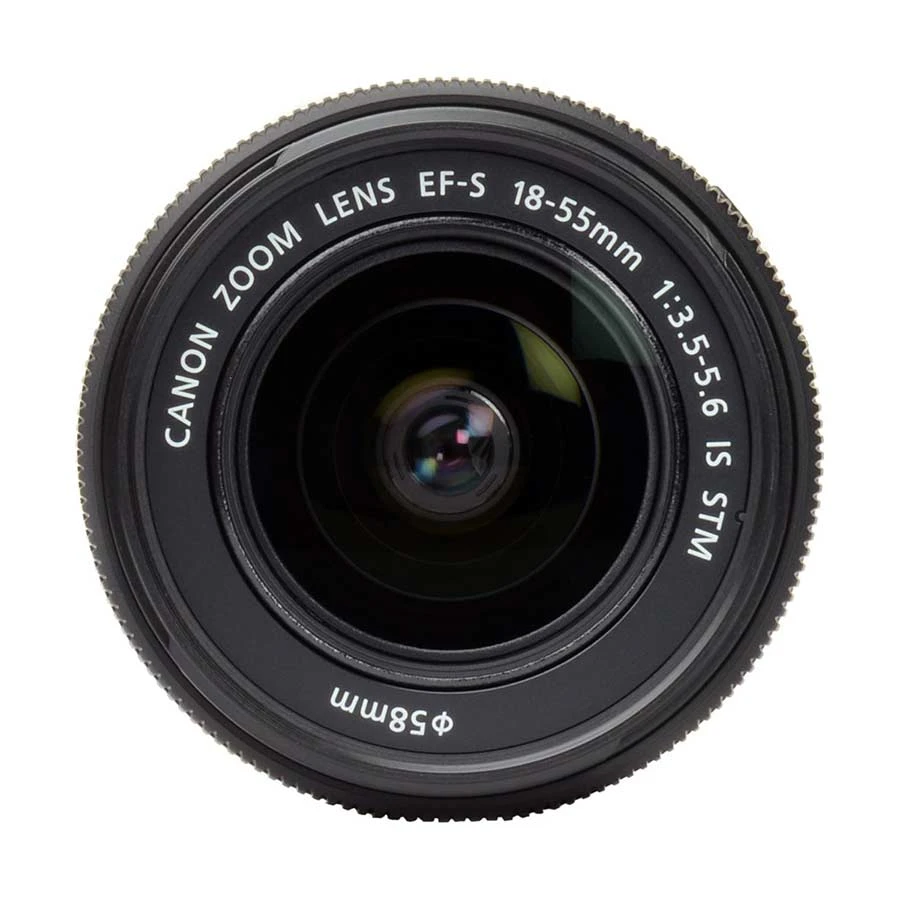



N.B. Image may differ with actual product's layout, color, size & dimension. No claim will be accepted for image mismatch. Product data used in this website is based solely on its manufacturer provided information, authenticity and accuracy are their responsibility only.
Canon EF-S 18-55mm 1:3.5-5.6 IS STM Camera Lens (No Warranty)
Product Id: 91.03.010.26
Brand
Canon
Quick Overview
- Type - IS STM Camera Lens
- Lens Type - Zoom lens
- Lens Mount - Canon EF-S
- Focal Length - 18 - 55mm
- Viewing Angle - 63 degree
- Announced - Mar 21, 2013
Brand
Canon
Model
Canon EF-S 18-55mm 1:3.5-5.6 IS STM
Type
IS STM Camera Lens
Item Category
DSLR Camera Lens
Lens Type
Zoom lens
Lens Mount
Canon EF-S
Focal Length
18 - 55mm
Max. Format size
APS-C / DX
Maximum Aperture
F3.5-5.6
Focus Method
Internal
Autofocus
Yes
Filter Size
58 mm
Viewing Angle
63 degree
Announced
Mar 21, 2013
Body Material
Plastic
Weight (gm)
205 gm
Color
Black
Warranty Details
No warranty
N.B. Specification may differ with actual product. In that case, Ryans will execute full refund within 5 days.
Details
QUESTION & ANSWER
Customer Questions
No questions asked yet.
Your Question (Please don`t
use any links, &, (, ), /, +, $, # Symbols)
REVIEW
Customer Reviews
good one
Your Review
